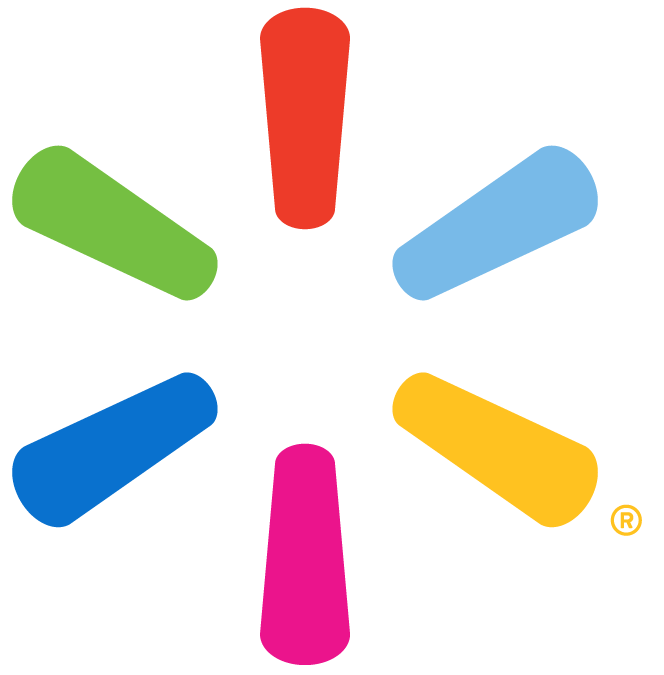The last and final phase heavily involves executing the strategy, processes, and designs developed in the last three phases. Not only does this phase require a well-thought-out change management plan and decisions on measuring tools, but also requires identification of sponsors and change agents who will execute the plan.
Once designed, careful implementation of organizational changes maximizes the chance for adoption and sustained success. Click on each step to learn more.
Establish Implementation Processes & Roles
A. Identify employee’s barriers to change adoption and define communication objectives with each employee segment.
B. Identify primary sponsors and other change enablers.
C. Prepare sponsor/enablers by assigning project team members and communicating guiding principles and action items.
Manage Changes
A. Develop a Change Management Plan (selecting the communication channels and timelines for each employee segment) using Walmart’s change management methodology (ACE).
B. Create reference material and draft FAQ’s document and responses to key change questions.
C. Gain alignment across project team, sponsors and enablers.
Determine Progress Metrics, Cadence and Process
A. Define success metrics that assesses both the employees’ behavioral change and attitudes to change.
B. Articulate a process for tracking success metrics over time.
C. Revisit opportunity statement and design criteria to ensure planned changes address the issues identified at the beginning of the project.
Adjust Design as Necessary Over Time
A. Link back to any significant changes in strategy and take corrective action as needed.
B. Define process and cadence for reporting project success metrics and governance for adjusting.
Once designed, careful implementation of organizational changes maximizes the chance for adoption and sustained success. Click on each step to learn more.
A. Identify employee’s barriers to change adoption and define communication objectives with each employee segment.
B. Identify primary sponsors and other change enablers.
C. Prepare sponsor/enablers by assigning project team members and communicating guiding principles and action items.
Follow these ten do’s and don’ts as you develop a dynamic organizational design.
Within each step in the organizational design process, tools and templates are available to organize ideas succinctly and deliver your ideas to leadership in a clear way.
- Workforce Strategy and Framework
- Our Workforce Strategy ensures we align our resources and focus on innovation without compromising daily operations and customer service.
- Download the Integration Workstreams General Framework to learn more about the workstreams and how they fit into each of the four steps of the organizational design process.
- Work Plan Checklist
- The Work Plan Checklist list guides you through the four phases of the organizational design process while also giving you actionable steps along the way.
- Current State Tools
- The Current State Assessment allows you to input how your organizational design is currently organized, with options to input the leader’s name, buckets of work and details on each.
- The Milestones form enables you to focus on short-term fiscal year milestones so that you can prioritize strategies.
- The VP Summary can be used to create individual summaries for each vice president role.
- You’ll be able to use the Timeline example to build out your own organizational design timeline, using the estimated time allotments in the template.
- Templates (Use the following templates instructions, as you complete each of them templates.)
- The 3-Year Roadmap allows you to plan transformation and changes, 3-years in advance.
- Align your resources and innovations with the Run, Support and Change Alignment template.
- Brave New Work by Aaron Dignan
- The book Brave New Work gives readers a fresh, practical, and eye-opening perspective on organizational change.
Within an organizational design framework, multiple steps should be followed to produce a design that optimizes resources and maximizes the likelihood of achieving the strategy. Each of these steps should be seen through the strategy, structure and talent lens.
PURPOSE: Apply an organizational design strategy to real world scenarios.
Read the below prompts and follow the directions. Using the organizational design’s four phases, Define, Assess, Design, and Implement & Sustain, determine how to solve the prompts effectively and efficiently. Submit and discuss your plans to your leadership.
SCENARIO 1: Structure Centric
You would like to consolidate the way the agile coach role has been integrated into the department you oversee. Map out the high-level outline of the business. Then, think of a competitor who has the equivalent of an agile coach, and design the competitor’s structure that is equivalent to your department. After you’ve completed this, answer the following questions:
- What might be causing tensions in your proposed structure?
- How did you approach dividing out the roles and responsibilities?
- Are specific functions, skills, customer segments and services incorporated into your structure?
- How does the competitor’s structure compare to yours?
SCENARIO 2: Innovation Centric
Choose a hierarchy issue that you are interested in and want the enterprise to solve. Build a minimal viable product of how you would solve that issue using the organizational design steps. After you’ve completed this, answer the following questions:
- What are ways that we can fail fast but at the same time seek innovation in organizational design?
- How do we evaluate and manage new ideas, approaches, and prototypes?
- How would you balance an organizational design that was short term versus one that was long term?



